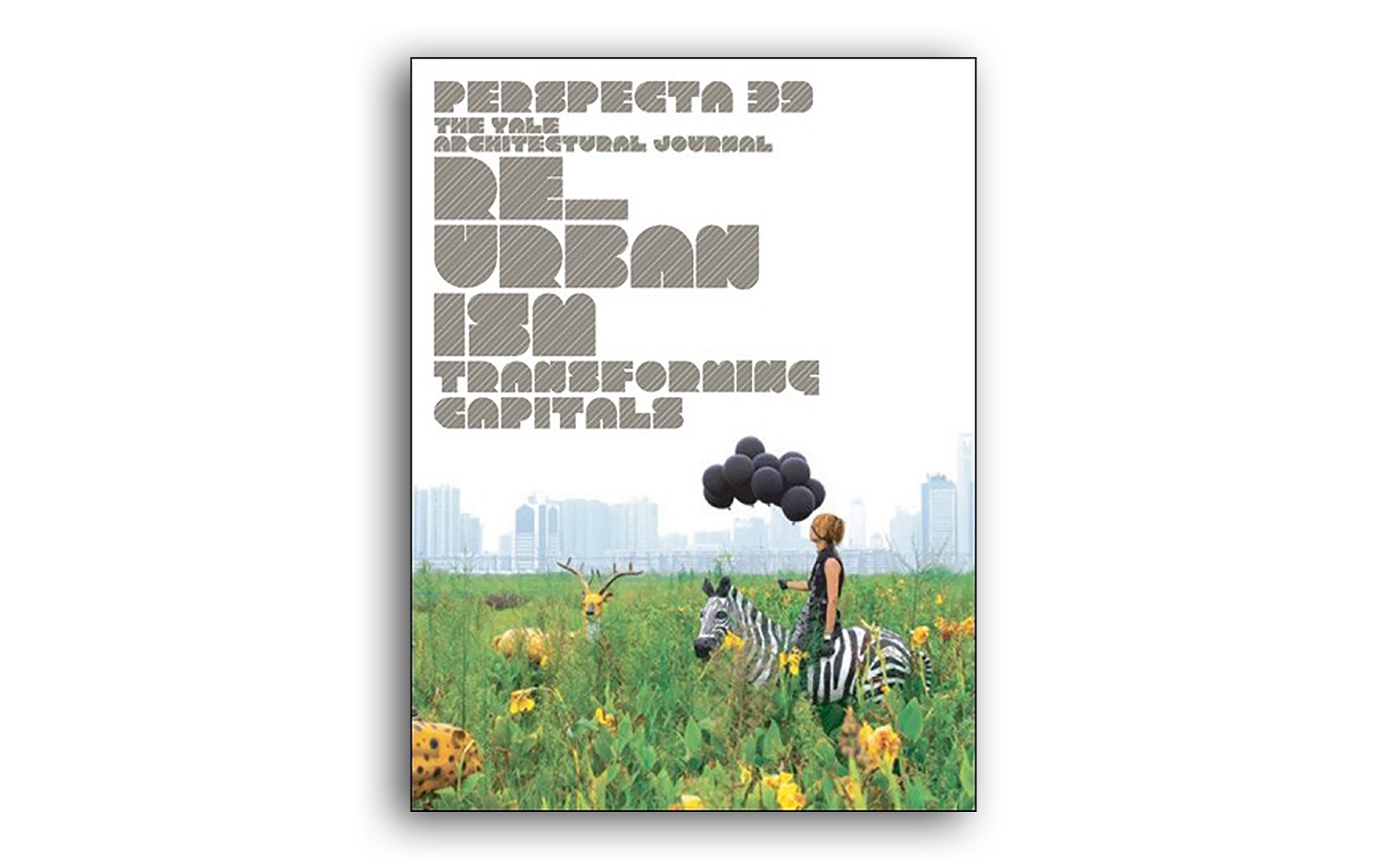Excerpt:
“Over the last decade, Brussels has redesigned substantial parts of its public space network: wider sidewalks, pseudo-nineteenth-century street furniture, traffic impediments, etc. This project harbors a deep-seated desire to re-create the city as a normalized bourgeois town-without proletariats, identity crises, or excessive bureaucracy, but with all the protection mechanisms invented by the welfare state. These mechanisms comprise all technological advances minus any visible signs of modern life. The underlying dream here erases matters of conflicts from the form of the city. It rewrites both history and the present to culminate in a timeless stasis-an endless re-living of Europe’s nineteenth-century bourgeois city. Among the local bureaucracy and decision-makers, this project was welcome with considerable consensus. Still, a vocal minority of architects, artists, and intellectuals vociferously opposed this project, embracing instead a more recent version of the city: its mid-century modernism, a series of large, brutal and at times sublime projects scattered throughout the historical city. Platforms and towers in concrete and glass gleam in the skies as ruins of an optimism long gone. Each faction reviled the other’s romantic ideals because they were mutually exclusive. Most important, each camp believed that theirs was the right solution, and the execution of their master plan had to amount to the suppression and effective destruction of the other’s belief system.”
